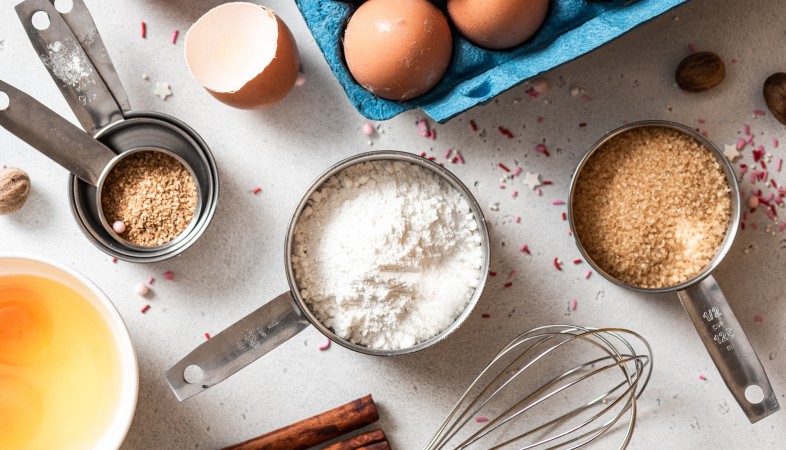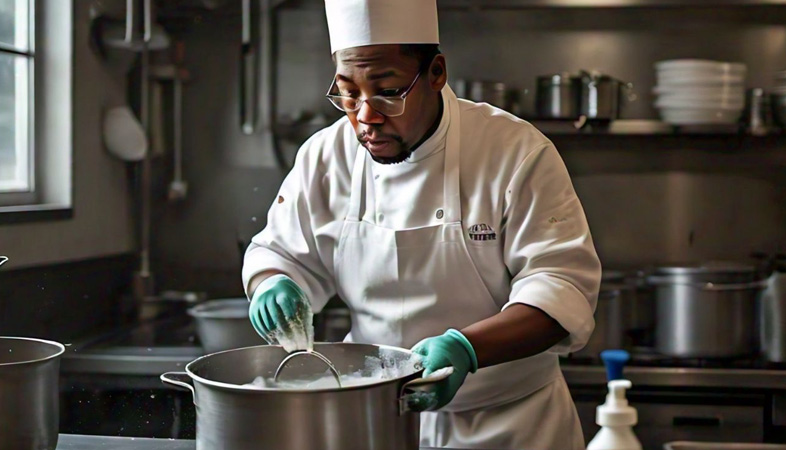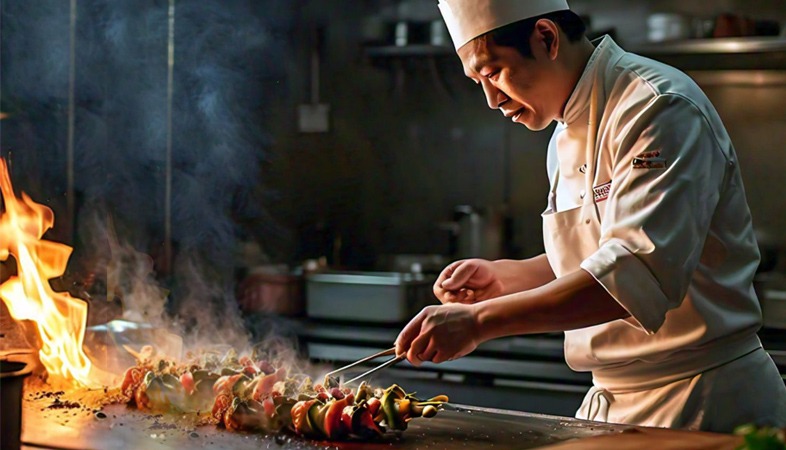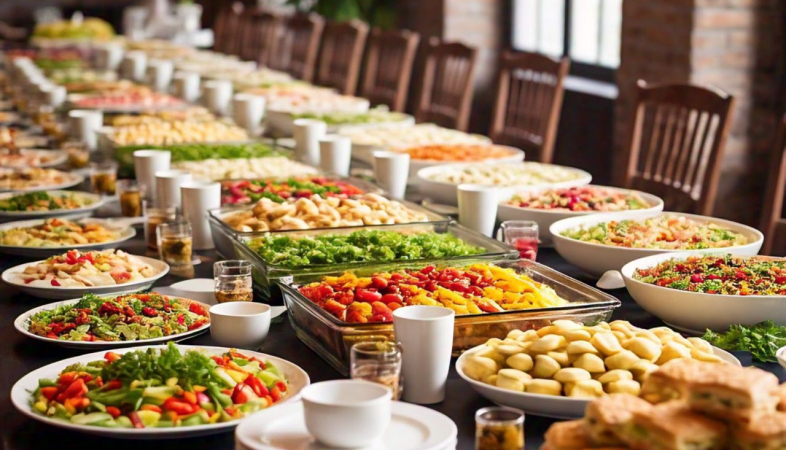The Impact of Temperature and Humidity on Baking
These environmental factors impact the texture, rise, and overall quality of baked goods, making them essential considerations for any baker.
Baking is a precise art where temperature and humidity play
critical roles in achieving the perfect outcome. These environmental factors
impact the texture, rise, and overall quality of baked goods, making them
essential considerations for any baker.
Temperature significantly affects baking outcomes. The oven temperature dictates how ingredients interact and transform during baking. Higher temperatures promote faster rising and browning, ideal for bread and pastries needing a crisp crust. Conversely, lower temperatures suit delicate items like cakes and cookies, ensuring even baking without burning edges.
Ingredient temperature also matters. Butter should be softened but not melted for proper creaming with sugar, crucial for achieving a light texture in cakes. Room-temperature eggs incorporate better into batters, ensuring a uniform structure.
Humidity directly affects moisture levels in baked goods. High humidity can lead to excess moisture absorption, resulting in dense, sticky cakes and cookies. In contrast, low humidity dries out dough and batter, potentially causing dry or tough textures. Bakers in dry climates may adjust by adding extra moisture to maintain dough elasticity.
Different baked goods respond uniquely to temperature and humidity. Bread benefits from warm, humid environments during proofing to encourage yeast activity and dough expansion. Cakes and pastries require precise temperature control to achieve a soft crumb and golden crust.
Pie crusts and puff pastry are sensitive to temperature changes, impacting their flakiness. Chilling dough before baking helps maintain distinct layers and prevents excessive spreading or shrinking.
Successful baking often involves adapting to environmental conditions. Bakers may adjust recipes or experiment with oven settings to accommodate humidity and temperature fluctuations. Monitoring the oven and rotating pans ensures even baking and consistent results.
Mastering temperature and humidity in baking is crucial for achieving desired textures and flavors consistently. Understanding these factors empowers bakers to create delightful treats that showcase their skill and expertise, ensuring a satisfying experience for every palate.
.png)





























